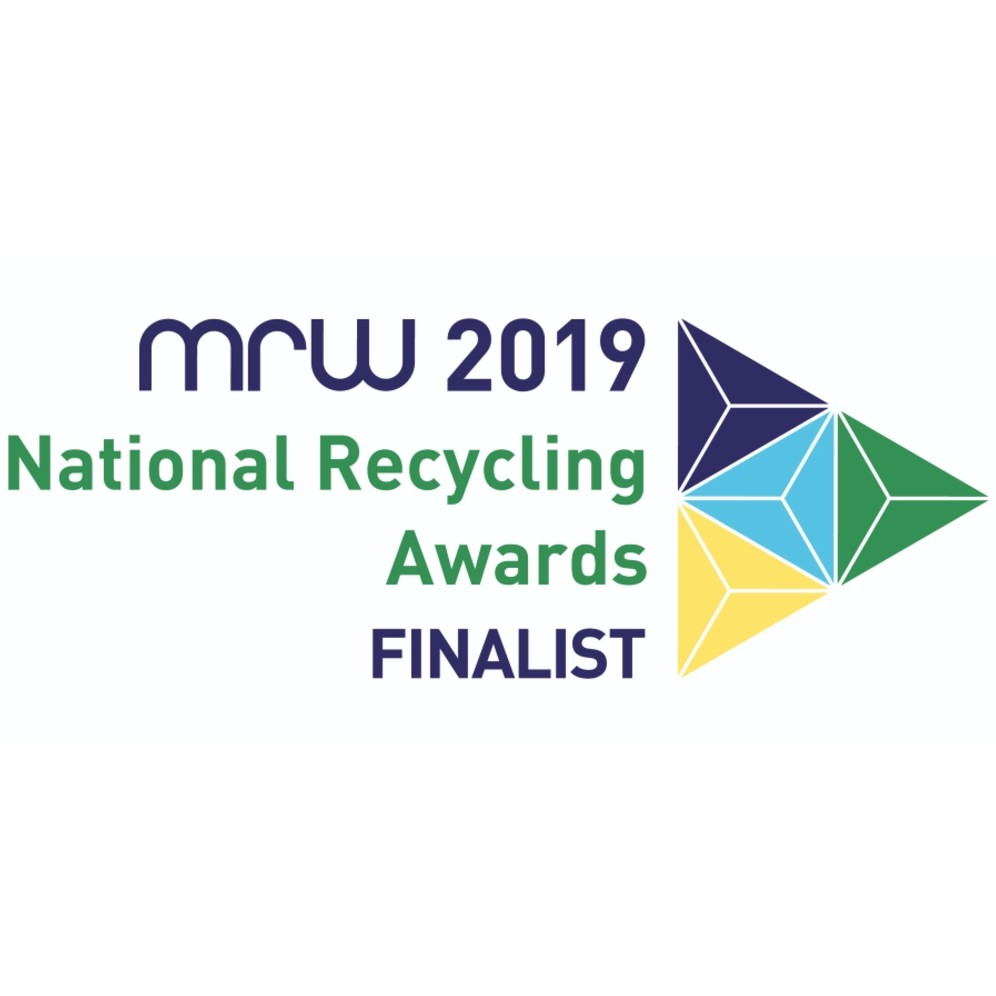Our planet’s single-use plastic is polluting our oceans and endangering multiple species of marine life and wildlife, but there must be something that we can do to stop this from happening, surely?
We’re surrounded by plastic, there is no doubt about it. Our food packaging and disposable coffee cups are often single-use plastic which many of us discard of in our household waste. According to the journal Science in 2015 there is between 4.8 and 12.7 million tons of plastic going into our ocean every year.
Plastic doesn’t always have to enter the ocean as large identifiable objects in order to harm the marine life, in fact microplastics, which are degraded pieces of plastic from larger objects, are accountable for 236,000 tons of our plastic waste in the oceans. This plastic pollution affects marine life all over the world, they will often try to eat plastic without knowing that it isn’t food and this results in toxic chemicals releasing into marine life which can increase the chances of disease and other health issues.
The Great Pacific Garbage Patch is the largest accumulation of plastic in the world, due to the amount of plastic that is not biodegradable, it has been discovered that 70% of marine debris sinks to the bottom of the ocean not allowing us to see the full extent of our plastic obsession.
Countries all around the world are attempting to ban single-use plastic, and there are hopes that in all EU member states by 2021 this ban will be in force. The question now is, will this be enough to save our oceans or have we already lost control?
If you have any questions, please e-mail me at info@greenagenda.co.uk






